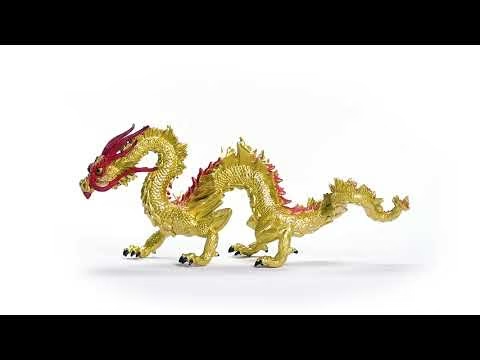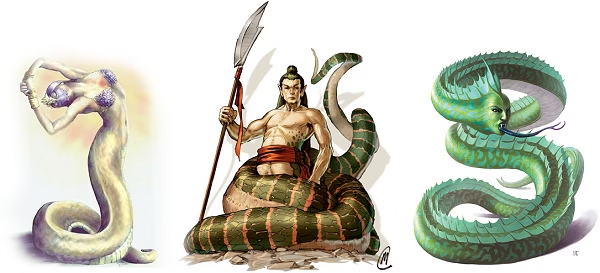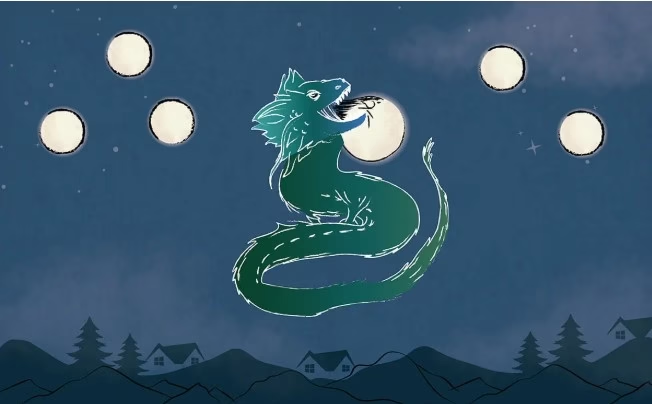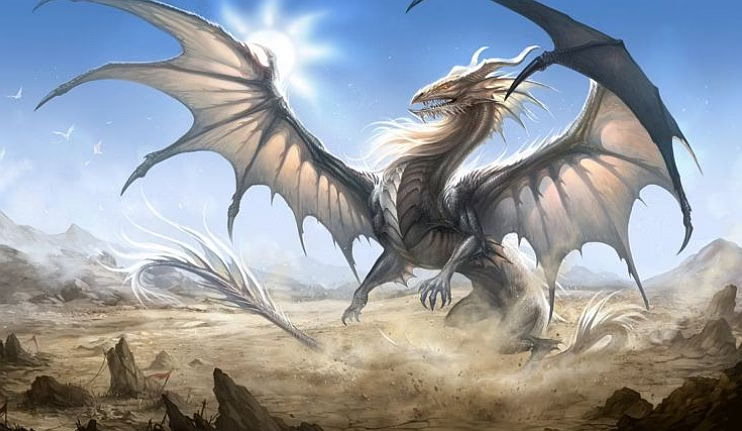Top 10 Dragon like Mythical Creatures
Introduction
Across cultures and centuries, 10 dragon like mythical creatures have captured the human imagination with their power, majesty, and mystery. These legendary beasts appear in folklore, religious texts, and ancient artwork, often symbolizing strength, chaos, wisdom, or divine protection. While the Western world often envisions 10 dragon as fire-breathing monsters hoarding treasure, Eastern traditions depict them as benevolent, wise guardians of nature and the cosmos. But 10 dragon are just the beginning—many other mythical creatures share 10 dragon like traits, from serpentine bodies and wings to magical abilities and dominion over the elements.
These creatures vary widely in form and meaning, shaped by the cultural values and environments of the people who created them. This list explores ten of the most fascinating dragon-like mythical beings from around the world, highlighting their origins, characteristics, and roles in myth and legend. Whether fearsome or revered, each one adds a unique thread to the rich tapestry of global mythology.
Chinese Lung (Long)

The Chinese Lung, or Long, is a revered 10 dragon in East Asian mythology, symbolizing power, prosperity, and good fortune. Unlike Western 10 dragon, the Lung is typically depicted as a long, serpentine creature without wings, often with deer-like antlers and a lion’s mane. Associated with water, rain, and the heavens, it was believed to control weather and natural elements. Emperors claimed descent from dragons, emphasizing their divine right to rule and the Lung’s cultural importance.
European Dragon
The European 10 dragon is one of the most iconic figures in Western mythology, often portrayed as a massive, winged reptile capable of breathing fire. Feared for its ferocity and strength, it frequently appears as an antagonist in legends—guarding treasures, ravaging lands, or testing heroes. In Christian symbolism, it represents evil or Satan himself, with stories like Saint George’s 10 dragon slaying becoming moral tales. Despite its fearsome nature, the European dragon is central to many heroic epics and folklore traditions.
Wyvern
The Wyvern is a 10 dragon like creature from European folklore, distinguished by having only two legs and a pair of bat-like wings, unlike the four-legged dragons of traditional Western myths. Often depicted as more agile and predatory, wyverns are commonly associated with war, disease, and destruction. In heraldry, they symbolize strength and protection but also danger and chaos. While less intelligent than traditional dragons in myth, wyverns remain a popular symbol in fantasy literature, video games, and medieval iconography.
Hydra
Originating from Greek mythology, the Hydra is a multi-headed serpent-like beast known for its terrifying regenerative abilities—cut off one head, and two more grow in its place. Dwelling in the swamps of Lerna, it was famously slain by Hercules as one of his Twelve Labors. The Hydra’s poisonous breath and blood made it especially deadly. As a symbol, it represents the idea of persistent or multiplying problems, making it both a mythological terror and a lasting metaphor.
Quetzalcoatl
Quetzalcoatl, meaning “Feathered Serpent,” is a prominent deity in Aztec and other Mesoamerican mythologies. This 10 dragon like figure combines the features of a bird and a snake, symbolizing the union of earth and sky. Quetzalcoatl was revered as the god of wind, wisdom, and creation, and was believed to have taught civilization the arts of agriculture, science, and religion. Unlike the monstrous dragons of some traditions, Quetzalcoatl is a benevolent and transformative figure, embodying both divine power and cultural enlightenment.
Naga

In Hindu and Buddhist mythology, the Naga are serpent-like beings with divine or semi-divine status. Often depicted as massive cobras or part-human, part-snake hybrids, they dwell in watery realms such as rivers, lakes, or the underworld. Naga can be both protectors and dangerous forces—guarding treasures, temples, or sacred knowledge. They symbolize fertility, rain, and the life-giving properties of water, especially in Southeast Asian cultures. Their dual nature reflects the balance between chaos and order in the natural world.
Zmey Gorynych
Zmey Gorynych is a fearsome, multi-headed 10 dragon from Slavic folklore, often depicted with three heads that breathe fire. This formidable beast is typically portrayed as a villain who kidnaps princesses or terrorizes villages until a brave hero defeats it. In Russian tales, Zmey Gorynych embodies chaos, destruction, and evil. Despite its monstrous nature, it plays a crucial role in folk narratives as a symbol of trials that must be overcome through courage, strength, and cleverness.
Amphiptere
The Amphiptere is a lesser-known but visually striking 10 dragon like creature from European heraldry and legend. It is typically depicted as a serpent-like being with feathered wings and no limbs. Unlike fire-breathing dragons, the Amphiptere is often associated with flight, agility, and stealth. Its appearance in coats of arms and medieval bestiaries links it to themes of vigilance and nobility. Though not as prominent in mythology as other dragons, its hybrid form adds a unique twist to the traditional dragon archetype.
Basilisk
The Basilisk, often called the “King of Serpents,” is a deadly creature from European legend said to kill with a single glance or its toxic breath. Usually portrayed as a serpent or a 10 dragon like being with rooster-like features, it symbolizes death, fear, and corruption. According to medieval lore, it was born from a serpent’s egg incubated by a rooster. Despite its small size compared to dragons, the Basilisk’s lethal powers made it one of the most feared mythical beasts in ancient lore.
Bakunawa

The Bakunawa is a sea 10 dragon from Philippine mythology, often described as a giant serpent or dragon-like creature that dwells in the ocean. It is most famously associated with lunar eclipses—legend holds that the Bakunawa attempts to swallow the moon, causing it to disappear from the sky. Ancient Filipinos believed offerings and loud noises could drive it away and bring back the moon. Seen as both a destructive and awe-inspiring force, the Bakunawa reflects the cultural connection between celestial events and mythic storytelling.
Conclusion
10 dragon like mythical creatures appear in legends across nearly every culture, each reflecting unique values, fears, and beliefs. From the wisdom-bearing Chinese Lung to the moon-swallowing Bakunawa, these beings are more than just monsters they are symbols of nature’s power, the struggle between good and evil, and humanity’s quest to understand the unknown. Whether protectors, destroyers, or divine entities, 10 dragon like creatures continue to captivate imaginations, proving that mythology remains a vital part of how we explain the world and ourselves.
You Can Also Read: House of the Dragon
FAQS
What mythical creature is similar to a dragon?
Hatuibwari – A dragon-like creature with the head of a human with four eyes, the body of a serpent, and the wings of a bat.
What creature is like a dragon?
Wyverns. The wyvern is a creature of legend, and a cousin to the dragon. Wyverns are winged, serpent-like creatures.
What animal resembles a dragon?
Frilled lizard
The Frilled lizard is also a terrifying-looking animal that can send chills down your spine. It has a large frill around its neck, which it pushes out when threatened, making it look very dragon-like.
What can beat dragons?
In lieu of a winged and fire-breathing steed, pop culture suggests the best way to slay a dragon is to shoot it with a bolt worthy of a ballista, as is the case for Smaug in The Hobbit and Rhaegal in Games of Thrones.
Are dragons good or evil?
The dragon is a symbol of evil, in both the chivalric and Christian traditions. In the Orient, it symbolizes supernatural power, wisdom, strength, and hidden knowledge. In most traditions, it is the embodiment of chaos and untamed nature.
